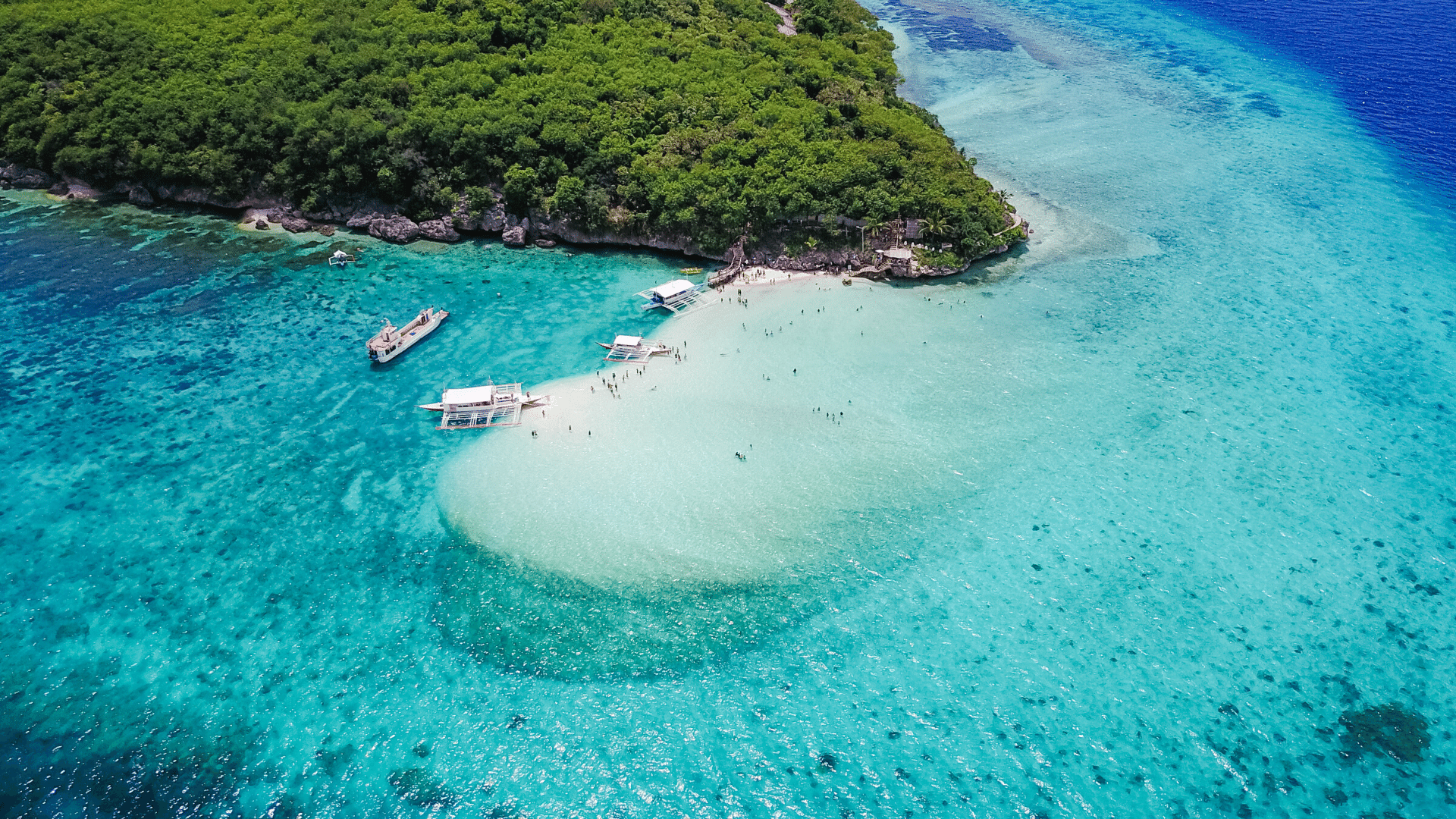The Cebu provincial government has again asserted its autonomy by issuing an order that will allow unvaccinated foreign travelers starting March 1, contrary to the national pandemic task force’s guidelines limiting entry to fully inoculated tourists.
According to Governor Garcia, she is merely following the protocols set by the Inter-Agency Task Force for the Management of Emerging Infectious Diseases (IATF) which allowed the entry of foreign visitors to the country starting Feb. 16.
She justified the more lenient border restriction on the need to help the Cebu Tourism industry recover from the impact of the coronavirus as well as the recent Typhoon Odette.
On Feb. 9, Garcia issued Executive Order No. 3-2022 allowing aspiring unvaccinated Cebu tourists to enter the province as long as they could present a negative reverse transcription-polymerase chain reaction (RT-PCR) test result taken within 48 hours prior to the departure from the country of origin.
Unvaccinated foreign tourists should also be swabbed upon arrival at Mactan-Cebu International Airport and must undergo a facility-based quarantine until the release of their second RT-PCR test result taken on the fifth day.
The order also “strongly encouraged” unvaccinated foreigners to get inoculated during their stay in the province with the single-dose Janssen vaccine to be made available to them by the Department of Health.
The Mactan-Cebu International Airport, operated by GMR MEGAWIDE Cebu Airport Corp., is the second busiest air hub in the Philippines after the main gateway in the capital.
Cebu is also one of the country’s top tourist destinations having diverse attractions, including diving, eco-tourism and heritage sites, and unique culinary fare.
Without a doubt, the tourism industry is among the sectors that have been greatly affected by the COVID-19 pandemic. The closing of borders, airports, and hotels as well as restrictions on mass gatherings, land travel, and related services across the world put around 100 to 120 million jobs at risk, as estimated by the World Tourism Organization.
In the Philippines, the government closed the airports in Luzon on 20 March as part of the Enhanced Community Quarantine (ECQ) that started on the island on 16 March 2020. The tourism sector has already felt the negative impact of the pandemic on its performance much earlier. In other countries, travel restrictions and measures have started as early as January of 2020, and have impacted the Philippine international tourist arrivals. Domestic tourists, on the other hand, also limited their travel for fear of contracting COVID-19. The Department of Tourism reported that international tourist receipts in the first quarter of 2020 declined to PHP85bn, 36% lower than the revenues in the same period last 2019.
To understand the impact of COVID-19 on the Philippine tourism industry, PwC Philippines, together with the Department of Tourism, surveyed 247 decision-makers across the different subsectors in May 2020.
Forty-four percent of the respondents are from the tourism services sector (i.e., travel agencies, bookings, tours, etc.), and 34% are from the accommodations sector. According to the survey, 97% say that COVID-19 has the potential for a significant impact on their business operations, and is causing them great concern. Such finding is not surprising given that only businesses related to essential services and products were the only enterprises allowed to operate during the ECQ. Because of the low demand and restrictions, the majority of the respondents say that they temporarily stopped offering a service/product, reduced their level of operations, and reduced the employee headcount.
Impact of COVID-19 outbreak on the Philippine Tourism industry
Given the travel restrictions and closure of businesses, 88% of the respondents expect losses of over 50% of their 2020 revenues. Sixty-three percent of the respondents also say that they expect their businesses to normalize within six months to over a year. Such findings are worrying because the tourism industry contributed 12.7% of the country’s GDP in 2019, and provided 5.71 million jobs in the same year.
Globally, the World Travel and Tourism Council estimated that it could take up to ten months for the industry to recover.
Nine months since the virus was first detected in China, there is still no sign that the spread is slowing down. The road to recovery can take longer than initially anticipated. Fitch forecasts that tourist arrivals and tourism receipts will not go back to pre-COVID levels even five years hence.
The country had a stellar performance in 2019 with 8.3 million tourist arrivals and PHP550.2bn in international tourism receipts. Latest estimates show that 2020 tourist arrivals and international tourism receipts will go down to 3.9 million and PHP279.5bn, respectively.
Recovering from the Pandemic
To help recover from the pandemic, 78% of the respondents say that they need up to PHP5M in additional funding to help normalize their operations. The majority say that they need such funds for working capital requirements, marketing funds to rebuild their brands, and refinancing.
With 91% of the respondents coming from micro, small, and medium enterprises (MSMEs), it’s not surprising that 73% are planning to avail of government grants and subsidies to help revive their operations.
To help businesses and individuals mitigate the impact of COVID-19, the country’s House of Representatives approved House Bill 6815 or the proposed Philippine Economic Stimulus Act (PESA) in June 2020. Once passed into law, an economic stimulus package amounting to PHP1.3 trillion will be provided in the next four years to fund the COVID-19 testing, wage subsidies, and assistance to MSMEs. Under the bill, PHP58bn will be appropriated to DOT-accredited tourism enterprises.
Restarting the tourism sector
With the absence of revenues, the majority of the respondents say that they can only sustain their operations for up to six months. Similarly, most of the respondents have a cash runway of up to six months.
How to restart the tourism sector after COVID-19 is one of the top questions leaders across the world are asking- hence Cebu’s aggressive move to re-open its tourism economy is quite well accounted for. In fact, 79% of the survey respondents say that they expect international tourist arrivals to decline by over 50% in 2020-2021. A respondent shares, “I hope that the government and the Department of Tourism will be able to come up with a clear bounce-back program immediately so the stakeholders may be able to make business decisions.”
Live where convenience, security, and comfortability all meet. Invest in a condo in Cebu with Vista Residences!
Vista Residences is the condominium arm of the country’s largest homebuilder, Vista Land & Lifescapes, Inc. that offers ready for occupancy and pre-selling condominium projects in Manila, Makati, Mandaluyong, Quezon City, Ortigas, Baguio, Cebu, and CDO that are strategically located within major cities, in close proximity to premium universities, transit-oriented locations, and developed business districts.
For more information on Vista Residences, email [email protected], follow @VistaResidencesOfficial on Facebook, Twitter, Instagram, and YouTube, or call the Marketing Office at 0999 886 4262 / 0917 582 5167.










